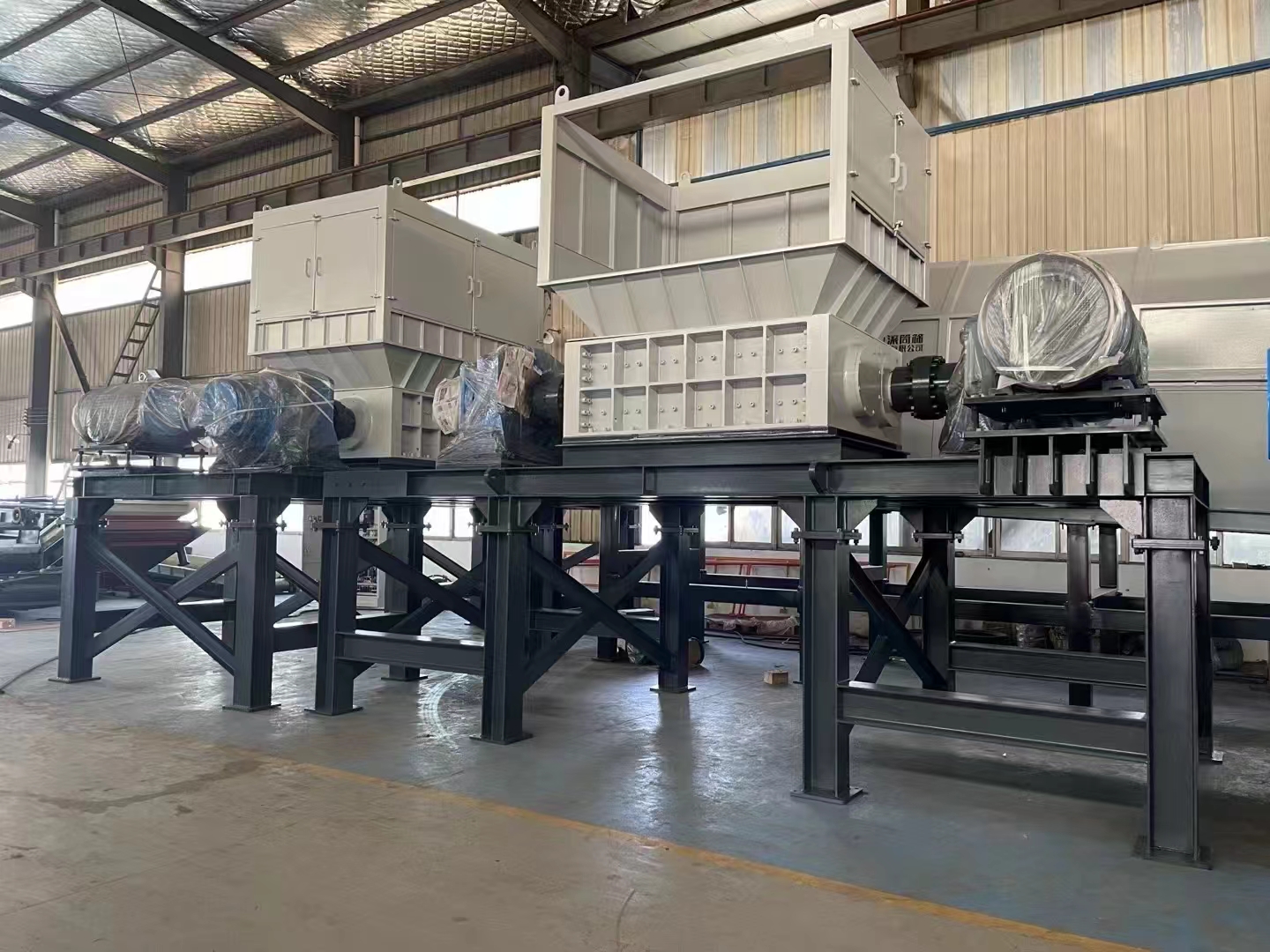
Hot-sell Coconut Shredder
-
Production Capacity:
2000-5000kg per hour
-
Applicable Industries:
Recycling industry
-
Power:
30kw
-
Core Components:
Blades, motor, reducer
-
Place of Origin:
Henan, China
- Product Details
- Characteristics
- Working Principle and Application
- Parameters
For a double shaft shredder, its working principle mainly includes the following steps:
1. Feeding: Coconut shells enter the shredder's box through the feeding system.
2. Shredding: The box is equipped with two rotating shafts with blades, which rotate in opposite directions. When coconut shells enter between these two axes, they are subjected to a combination of tearing, squeezing, and shearing from the blades.
3. Discharge: The shredded coconut shell fragments are discharged from the discharge outlet. Some shredders are also equipped with screens, and only fragments that meet the size requirements can be discharged through the screens
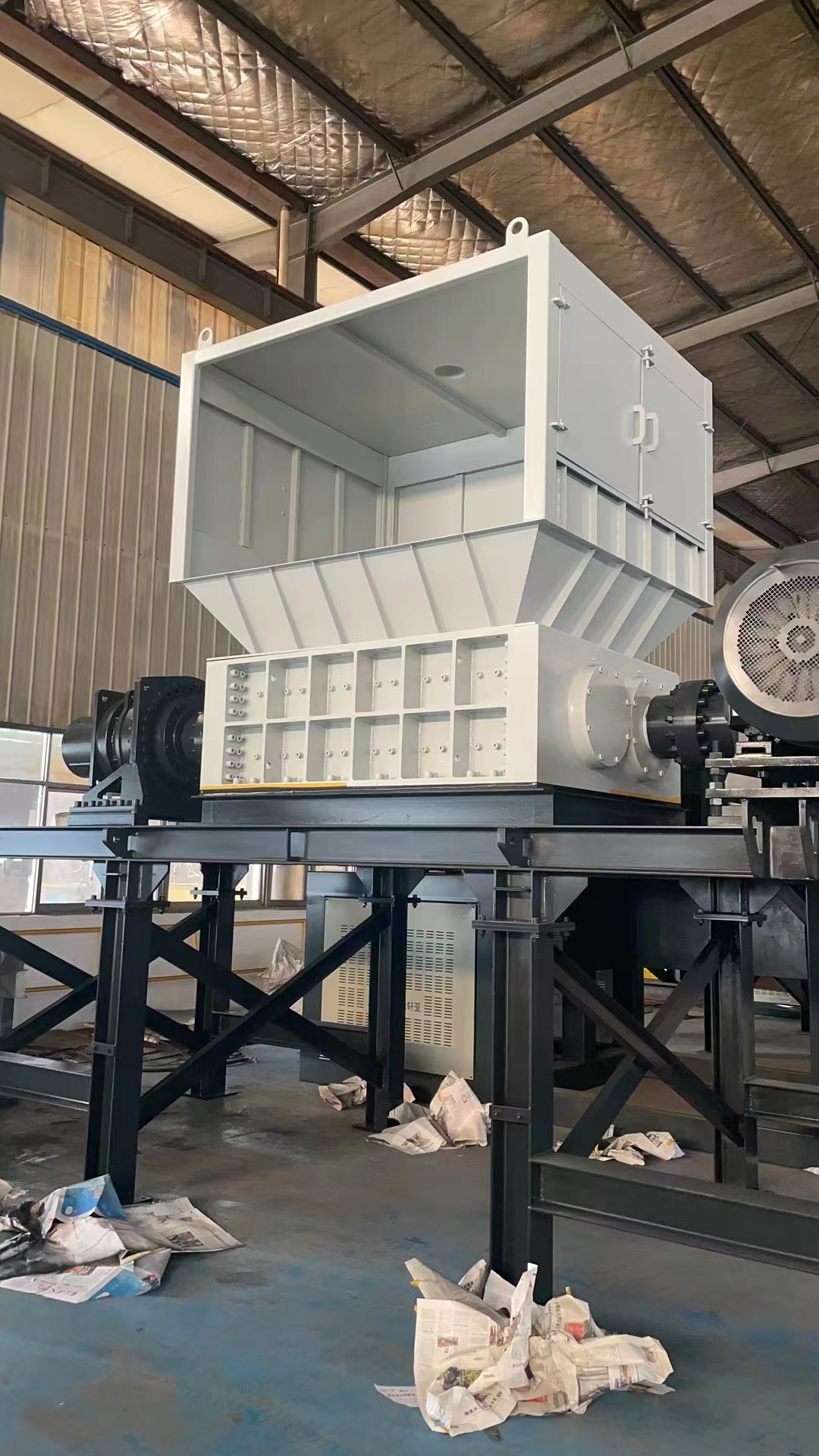
Structural characteristics
Double shafter design: Usually two shafts with special tools are used, which can effectively handle hard coconut shells.
Tool material: In order to ensure durability and efficiency, cutting tools are generally made of high-strength and wear-resistant materials.
Feeding system: may include a feeding hopper or other auxiliary feeding device to ensure smooth entry of coconut shells into the shredding area.
Screens: Some models may be equipped with screens to control the size of the output material.
Safety device: usually includes overload protection, emergency stop button and other safety measures

Application scenarios
Coconut shell shredder is widely used in the initial processing stage of coconut shells, and the crushed coconut shells can be used for various purposes, such as:
Biomass fuel: As a form of biomass energy, it is used for power generation or heating.
Activated carbon production: Crushed coconut shells can be further processed into activated carbon for use in water treatment, air purification, and other fields.
Horticultural medium: Coconut shell fragments can also be used as a medium for plant cultivation
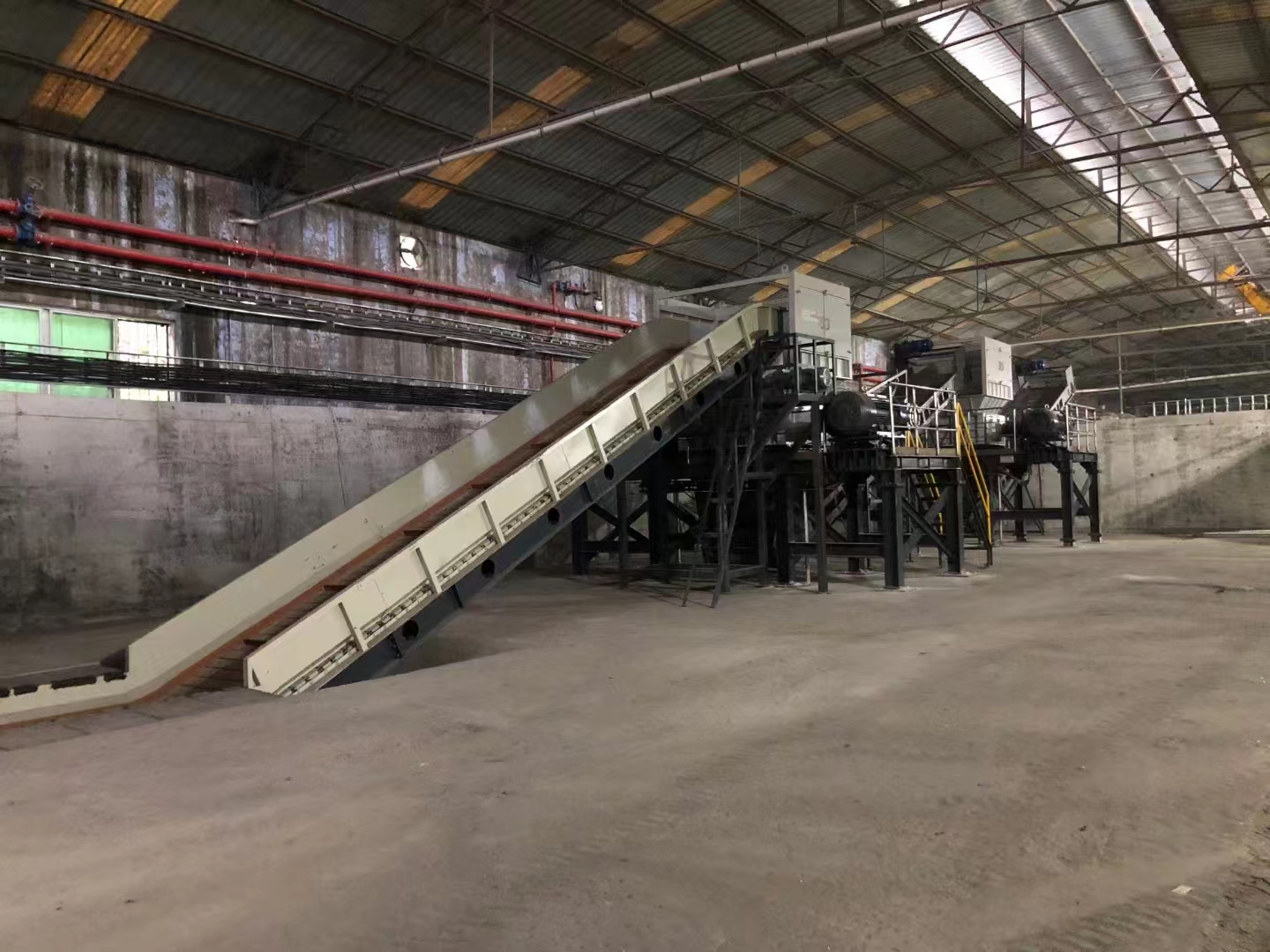
-
01Durability: Made of high-strength steel to ensure long-term operation without easy damage
-
02Efficiency: Able to quickly and effectively process large quantities of coconut shells
-
03Low maintenance cost: Reasonable design, easy for daily maintenance and upkeep
-
04Safety performance: equipped with overload protection, emergency stop and other safety devices
working principle
Coconut shell shredder usually uses the force generated by cone and spiral to evenly squeeze the coconut meat in the grinding chamber between the toothed blades on the cone rotator. While the high-speed cutting tool continuously cuts, the coconut meat is subjected to tearing, tapping, and grinding, ultimately being crushed into the required size
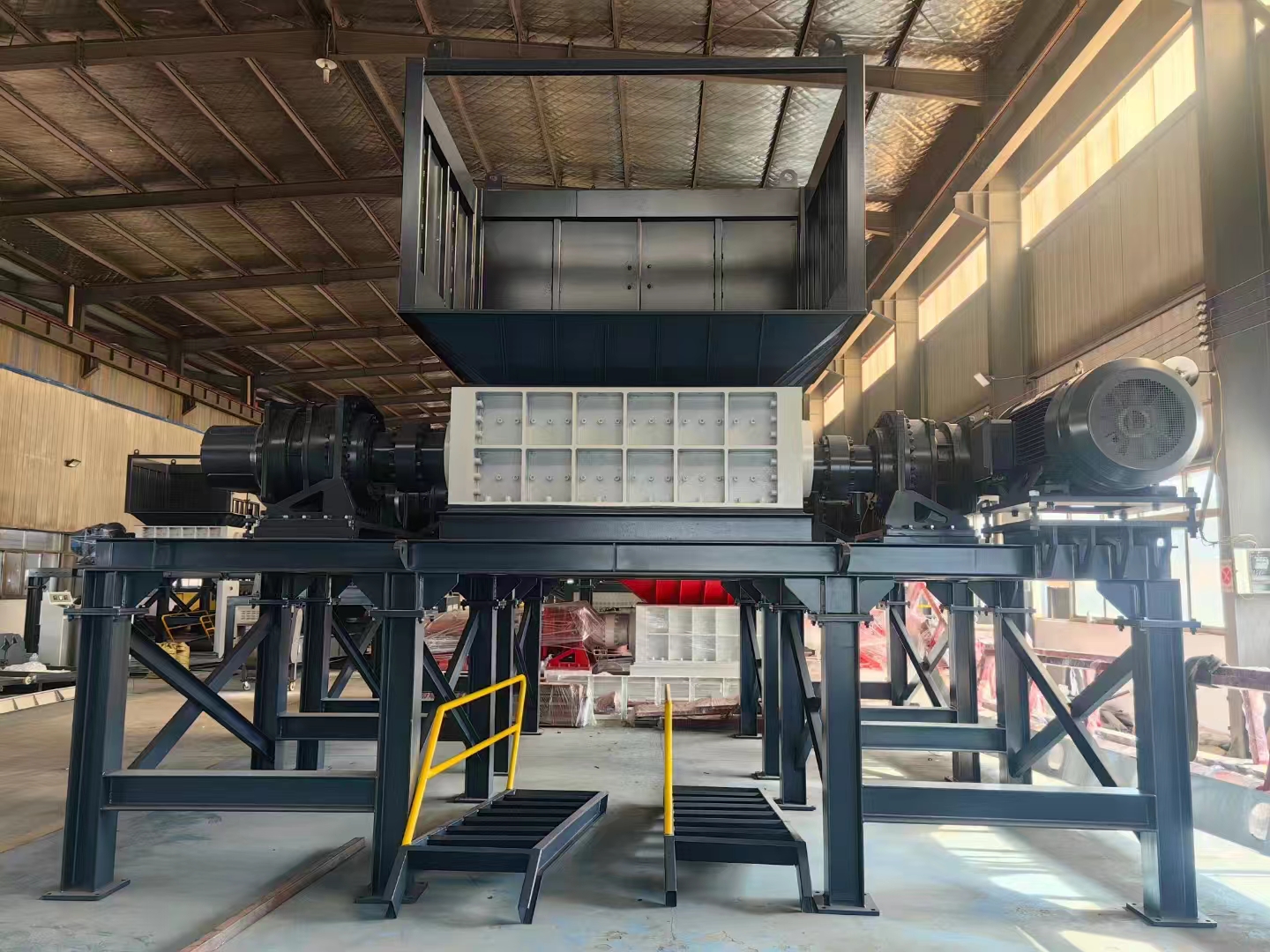
| Model | 600 | 800 | 1000 | 1200 | 1400 | 1600 | 1800 |
| Motor(kw) | 11*2 | 18.5*2 | 35*2 | 45*2 | 55*2 | 75*2 | 110*2 |
Reducer | P6-P7 | P7-P8 | P8-P10 | P10-P12 | P11-P13 | P12-P16 | P14-P16 |
| Siemens or other motors, planetary reducers or other reducers can be customized according to customer requirements | |||||||
| Rotation Speed | 8-20rmp | 8-20rmp | 8-15rmp | 8-15rmp | 8-15rmp | 8-12rmp | 8-12rmp |
| Blades Diameter | 220-320 | 260-320 | 260-400 | 400-500 | 400-500 | 500 | 500 |
| Blades material | The material of the blades (55sicr, 5crsi, 9crsi, skd11, m6v, h13) can be customizedaccording to the customer's actual usage | ||||||
| Feeding Size | 1200*900mm | 1400*1000mm | 1600*1200mm | 1800*1300mm | 2000*1300mm | 2200*1700mm | 2400*2000mm |
| The size and appearance of the feeding hopper can be customized according to thecustomer's feeding situation | |||||||
| Weight(kg) | 1800 | 2500 | 3700 | 5500 | 7500 | 9500 | 13000 |
-
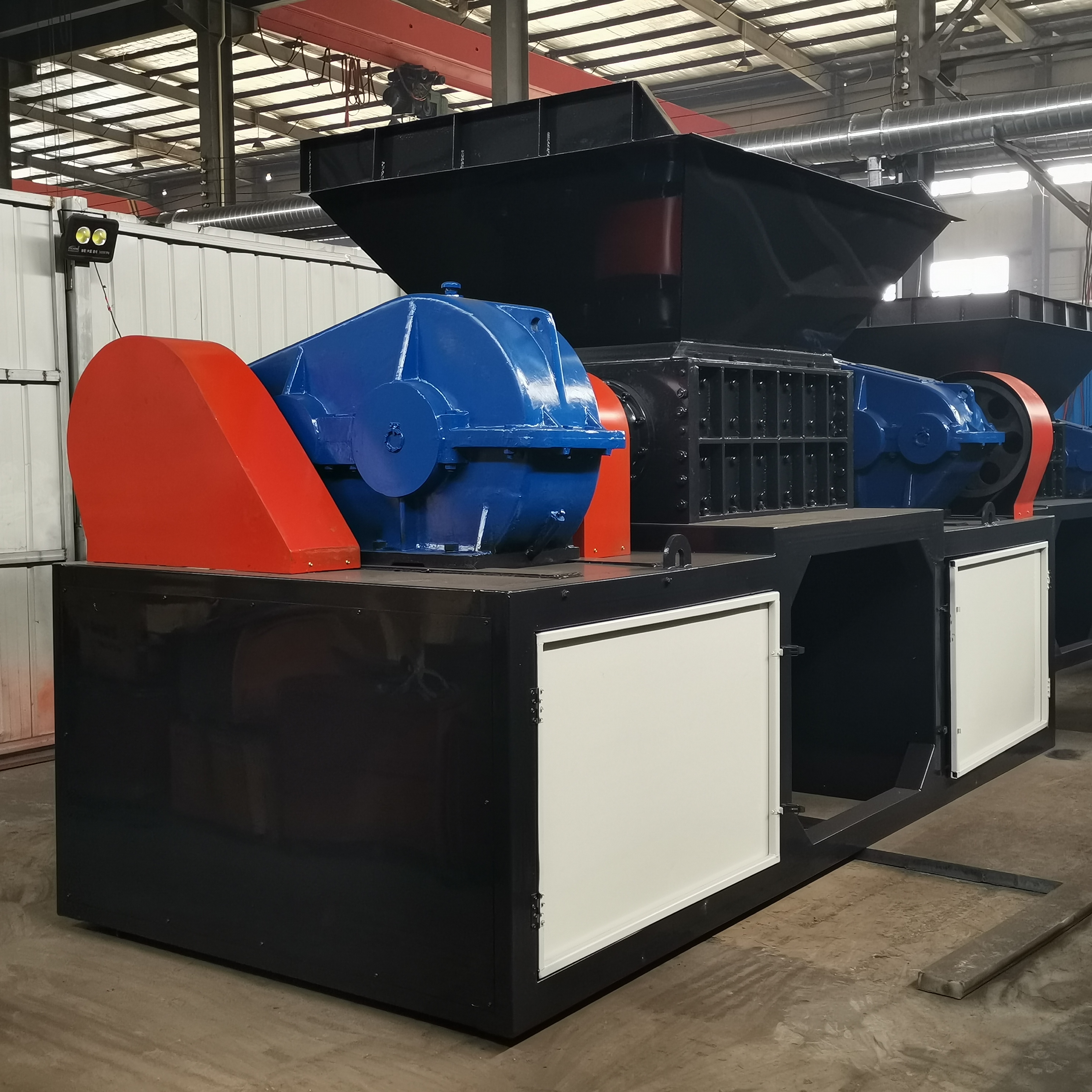 Wood Pallet ShredderConsiderations When Choosing a Wood Pallet Shredder:Material Type: Different wood types may require specific configurations or materials of construction.Output ...Get Quote
Wood Pallet ShredderConsiderations When Choosing a Wood Pallet Shredder:Material Type: Different wood types may require specific configurations or materials of construction.Output ...Get Quote -
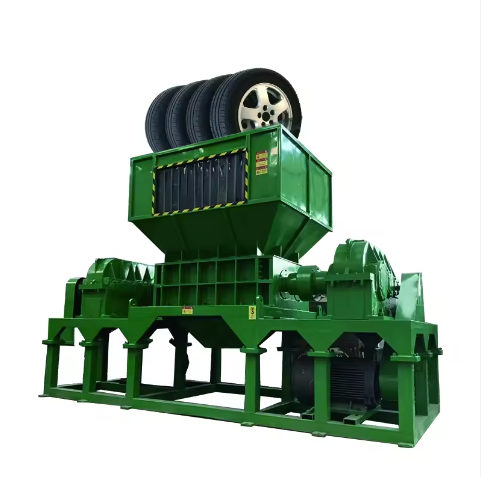 Tire double shaft shredderOperation:Feeding: Whole or pre-cut tires are fed into the shredder through an inlet hopper.Shredding: As the tires enter the shredding chamber, the rotating cu...Get Quote
Tire double shaft shredderOperation:Feeding: Whole or pre-cut tires are fed into the shredder through an inlet hopper.Shredding: As the tires enter the shredding chamber, the rotating cu...Get Quote -
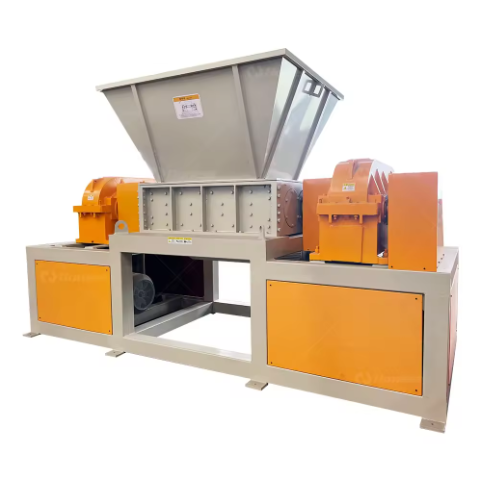 Twin-shaft shredders: ideal for efficient processing of waste and recycling materialsA double-shaft shredder is a mechanical device used to process waste and recycle materials. Its main feature is that it has two rotating shafts with serrated bl...Get Quote
Twin-shaft shredders: ideal for efficient processing of waste and recycling materialsA double-shaft shredder is a mechanical device used to process waste and recycle materials. Its main feature is that it has two rotating shafts with serrated bl...Get Quote -
 Hot-sell Coconut Shredderworking principleCoconut shell shredder usually uses the force generated by cone and spiral to evenly squeeze the coconut meat in the grinding chamber between t...Get Quote
Hot-sell Coconut Shredderworking principleCoconut shell shredder usually uses the force generated by cone and spiral to evenly squeeze the coconut meat in the grinding chamber between t...Get Quote


